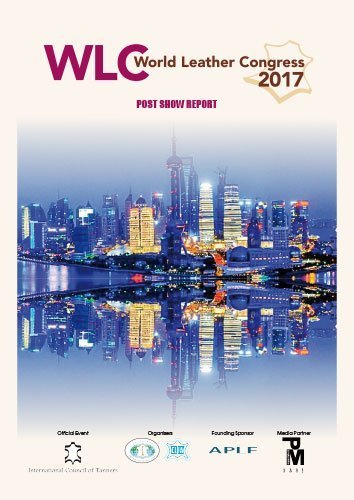Reflection on the THIRD WORLD LEATHER CONGRESS
Richard Pai, President of TILA and President of ICT
It was a great honour for me, and for TILA, to be elected as President of ICT from 2016 to 2018 and to take up the challenge of organising the third World Leather Congress, following on from the successful events in Rio de Janeiro in 2011 and in Milan in 2015, led, respectively, by my predecessors as ICT President, Wolfgang Goerlich and Rino Mastrotto.
With the very welcome support and collaboration of the China Leather Industry Association (CLIA) – especially Su Chaoying and Chen Zhanguang and their colleagues – I was delighted with the format and the outcome of the Congress in Shanghai on 29 August this year, when we hosted over 600 delegates from all parts of the World. The organisation of the Congress was very much a team effort, involving TILA, CLIA, APLF, MPA Style, the media partner, ICT and all our sponsors. I would like to congratulate and to thank everyone who was involved in helping to make the event such a success.
The overall theme of the Congress was to review the challenges faced by the leather producing industry and the closely related distribution chain, to look at how these challenges will develop and change over the next decade and to assess, along with our suppliers and customers, how best to adjust to and address these challenges and to seek robust, common solutions.. However, it is clear that the pace of change is accelerating and that we, along with everyone else in the distribution chain, must be constantly alert to fresh challenges.
One plea from a tanner, made towards the end of the day, reached the very heart of the issue – as well as striking a chord with many of the delegates – the leather making process is at the focal point in the production and distribution chain and the fundamental wish, hope and need of the industry is that the tanner should be valued and rewarded for his expertise, investment in new and cleaner and technologies, and his initiatives. Currently, many tanners feel squeezed between strong suppliers and demanding customers who do not fully understand the product.

